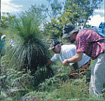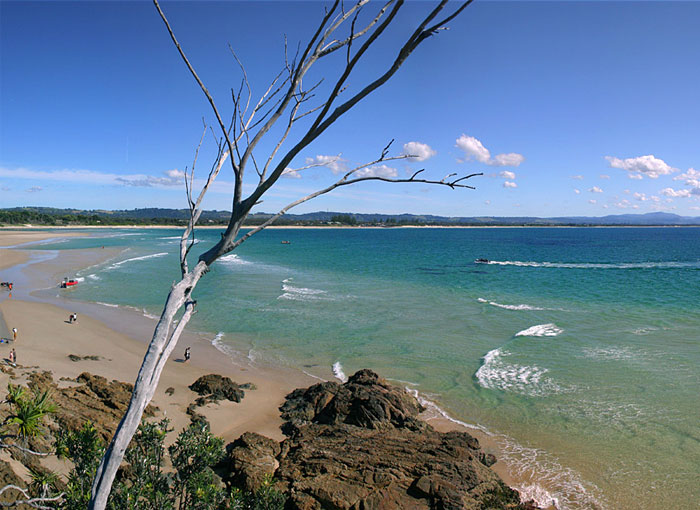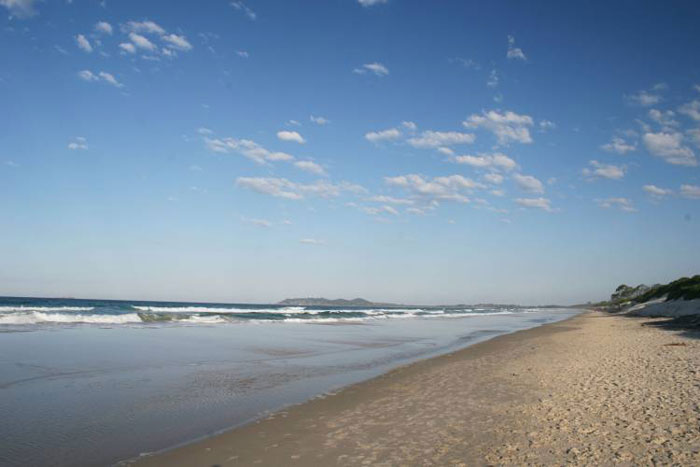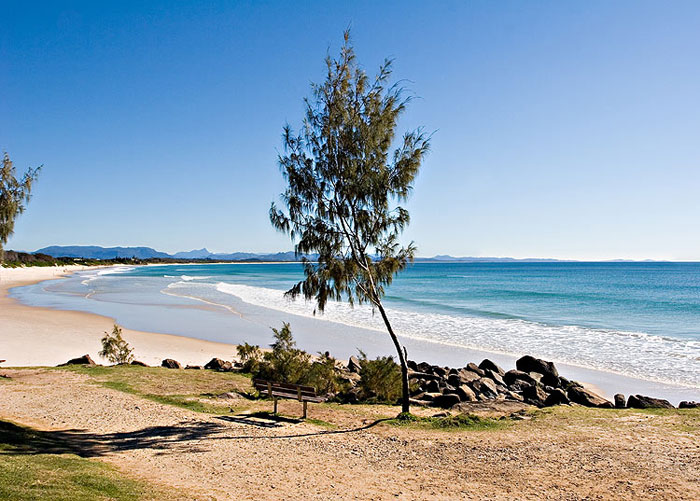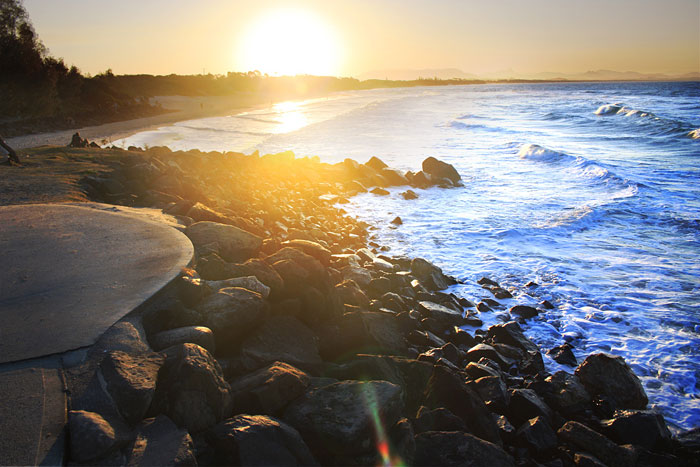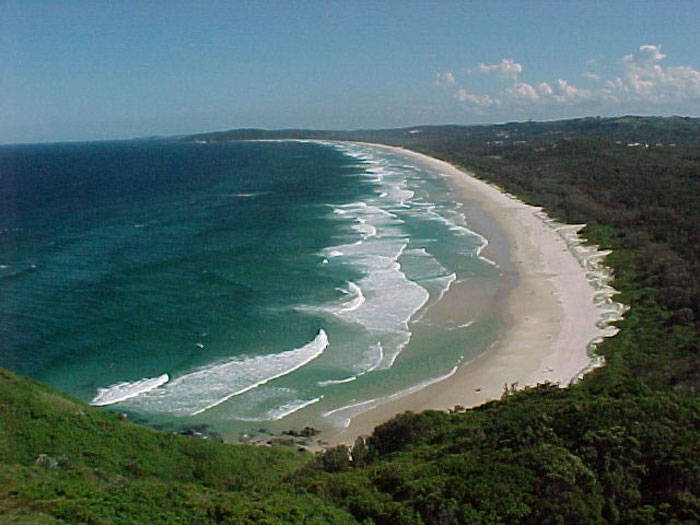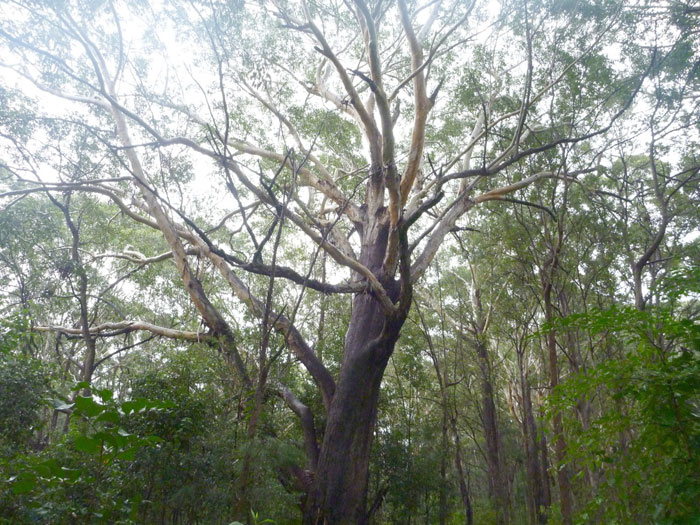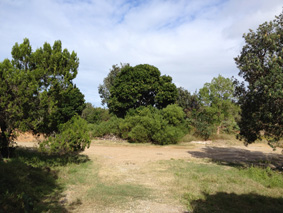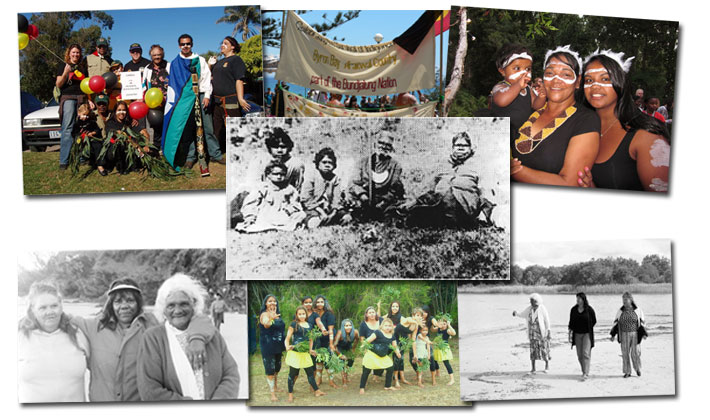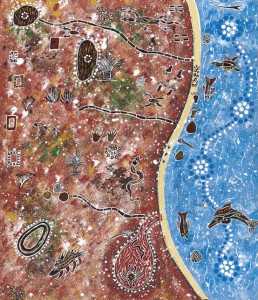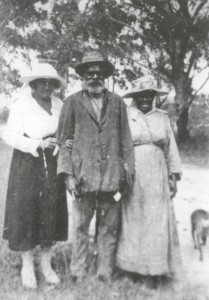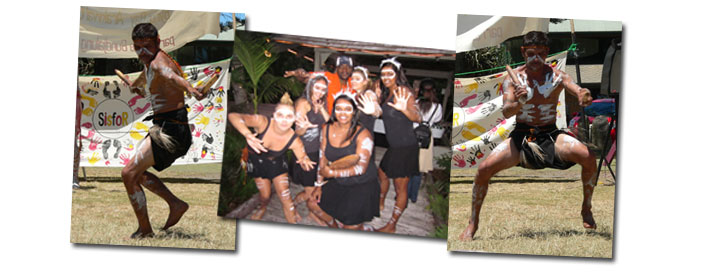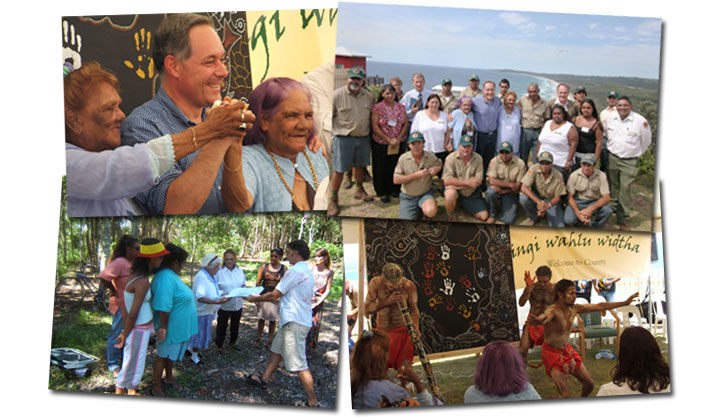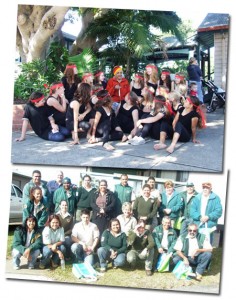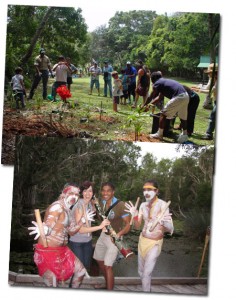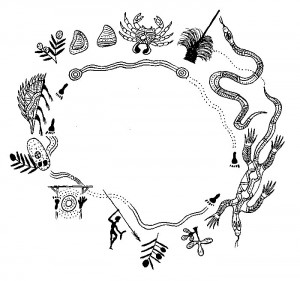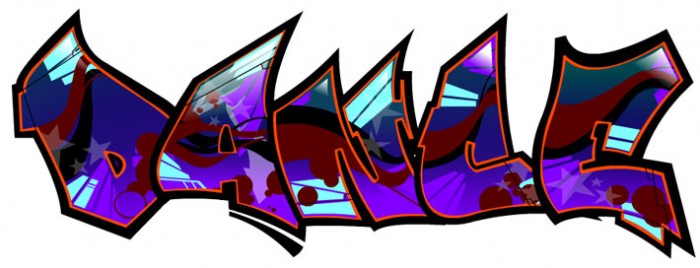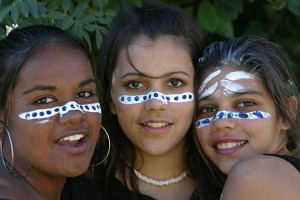.
Come and explore this amazing Country we belong to. Our place has spectacular beaches, estuaries, forests and farmlands. People here are creative, energetic and care about Country. Visit our significant sites through photos, stories and our interactive map. Bush rules here will help you care for Country. Let’s go exploring!
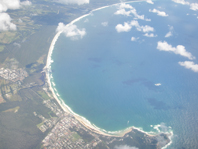 The place we call Cavanbah, now known as Byron Bay and surrounding district are located in the Northern Rivers region, the northeast corner of New South Wales, Australia. It’s about 750 kms (480 miles) north of Sydney and 165 kms (103 miles) south of Brisbane. Walgun headland, known as Cape Byron, is the easternmost point of mainland Australia. Cavenbah has always been an important meeting place for the Arakwal, neighbouring clans and people of the Bundjalung nation. Arakwal Country extends from Seven Mile Beach, south of Broken Head, to the Brunswick River up north, out to the escarpment west of Byron Bay, and east out into the Tasman Sea.
The place we call Cavanbah, now known as Byron Bay and surrounding district are located in the Northern Rivers region, the northeast corner of New South Wales, Australia. It’s about 750 kms (480 miles) north of Sydney and 165 kms (103 miles) south of Brisbane. Walgun headland, known as Cape Byron, is the easternmost point of mainland Australia. Cavenbah has always been an important meeting place for the Arakwal, neighbouring clans and people of the Bundjalung nation. Arakwal Country extends from Seven Mile Beach, south of Broken Head, to the Brunswick River up north, out to the escarpment west of Byron Bay, and east out into the Tasman Sea.
Click Here to see a dynamic map which shows you where we are. Move your cursor from the centre of the map to the left or right to see our location – in the state of New South Wales, in Australia, and the Asia Pacific region.
What’s here
 Cavanbah and its hinterland are part of an erosion caldera of an ancient volcano which erupted 23 million years ago. Mt Wollumbin, the volcanic plug of this caldera and a sacred place to many Aboriginal tribes of our region, can be seen from many points in Cavanbah (Byron Bay) and on Walgun (Cape Byron, pictured here to the right). The hills and valleys of volcanic soils and their creeks come down to wetlands and estuaries lying behind long sweeping beaches, protected bays and coves with their rocky shores, and dunal systems covered in flowering heathlands and forests. These are home to many species of animal, birds, fish, amphibians and reptiles.
Cavanbah and its hinterland are part of an erosion caldera of an ancient volcano which erupted 23 million years ago. Mt Wollumbin, the volcanic plug of this caldera and a sacred place to many Aboriginal tribes of our region, can be seen from many points in Cavanbah (Byron Bay) and on Walgun (Cape Byron, pictured here to the right). The hills and valleys of volcanic soils and their creeks come down to wetlands and estuaries lying behind long sweeping beaches, protected bays and coves with their rocky shores, and dunal systems covered in flowering heathlands and forests. These are home to many species of animal, birds, fish, amphibians and reptiles.
These include shellfish, many fish species, sharks, dolphins, whales, turtles and dugong; eagles, pelicans, seabirds and waders, pigeons, parrots, honeyeaters and many other colourful birds; wallaby, echidna, possum, native rodents, flying fox and other small mammals; snakes, goanna, lizards, frogs and more! They are all special to us and part of our stories and connection to this wonderful Country.
 Cavanbah has a sub-tropical climate with hot wet summers, and cool generally dry winters with clear skies and maximum daily temperatures around 20C. This climate is beneficial for all year round outdoor living. High annual rainfall regularly feeds local waterways and productive volcanic and alluvial soils. Combined with rich food sources linked to the coastal forests, estuaries and wetlands our people were able to live here permanently for thousands of years, and support visitors when they came as well to Cavanbah (meeting place). The same applies today with relaxed outdoor living and tourism attracting people to live and holiday here from all over the world.
Cavanbah has a sub-tropical climate with hot wet summers, and cool generally dry winters with clear skies and maximum daily temperatures around 20C. This climate is beneficial for all year round outdoor living. High annual rainfall regularly feeds local waterways and productive volcanic and alluvial soils. Combined with rich food sources linked to the coastal forests, estuaries and wetlands our people were able to live here permanently for thousands of years, and support visitors when they came as well to Cavanbah (meeting place). The same applies today with relaxed outdoor living and tourism attracting people to live and holiday here from all over the world.
“Please look after our country when you come here, this is a very sacred special place. Lets work together to keep our country clean and healthy. Yoway!” Sean Kay, Arakwal family member.
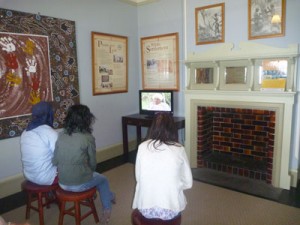 The Cape Byron Information Centre (Cape Gallery) is located at the Cape Byron Lighthouse on Walgun. Boasting spectacular views the Cape Gallery is an information centre, gallery and shop operated by Arakwal National Park. In our cultural resource room you can learn about Arakwal cultural information from publications and information boards like:
The Cape Byron Information Centre (Cape Gallery) is located at the Cape Byron Lighthouse on Walgun. Boasting spectacular views the Cape Gallery is an information centre, gallery and shop operated by Arakwal National Park. In our cultural resource room you can learn about Arakwal cultural information from publications and information boards like: NAIDOC Week 2016
NAIDOC Week 2016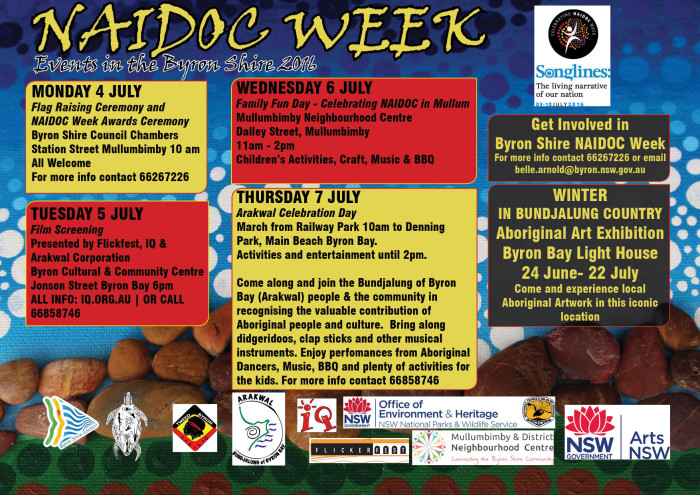 NAIDOC Program
NAIDOC Program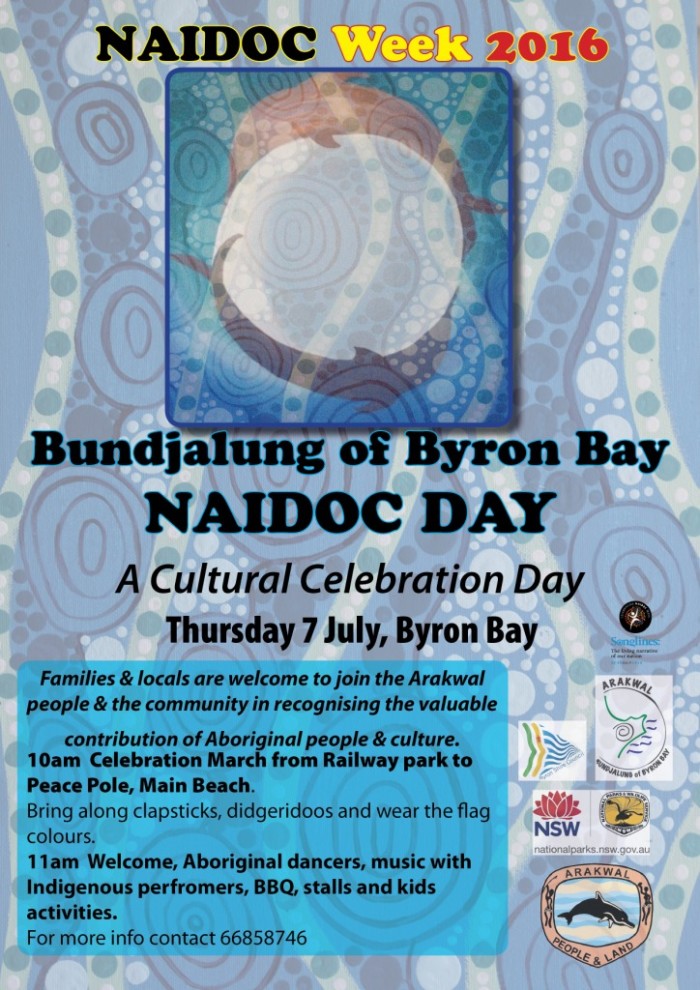 Cultural Celebration
Cultural Celebration
